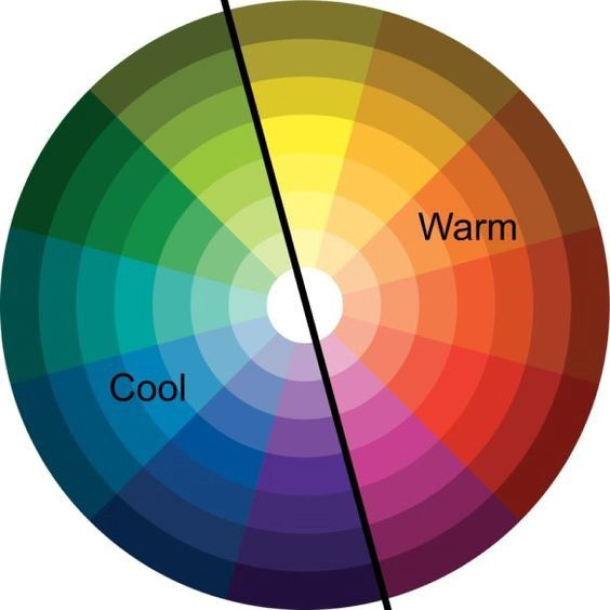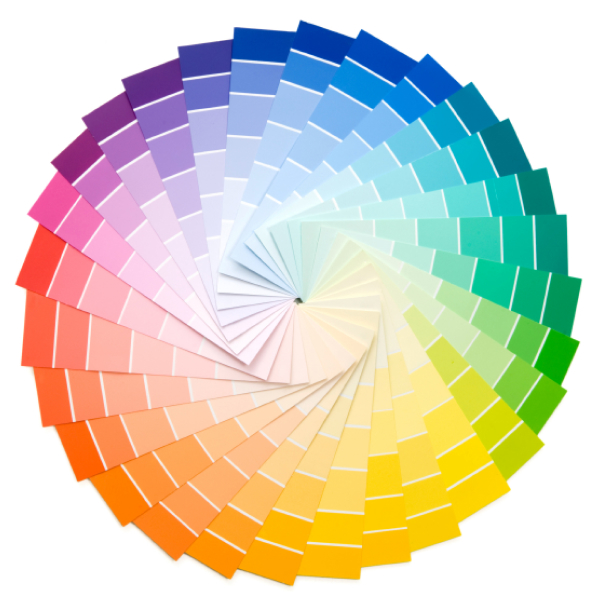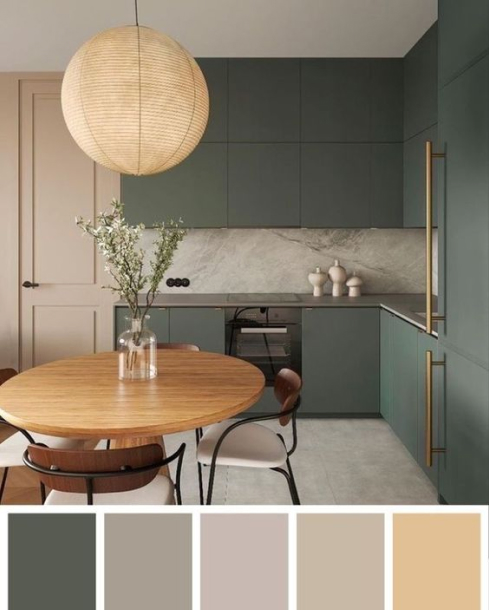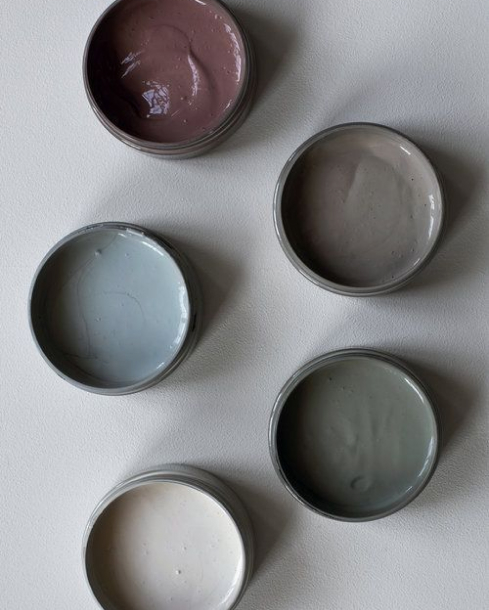Choose the Right Color Scheme for Your Home
Blog / Design Tips
07.07.2023

Choose the Right Color Scheme for Your Home
Choosing the right color scheme for your home can significantly impact its overall atmosphere and aesthetics. Colors have the power to evoke emotions, influence mood, and create a cohesive design. Whether you're redecorating your entire house or simply updating a room, understanding the principles of color theory and considering your personal preferences can help you make informed decisions.
In this guide, we will explore the key factors to consider when choosing a color scheme for your home, including color psychology, the role of different colors, and practical tips to ensure a successful outcome.
Colors have a profound effect on our emotions and can greatly impact the ambiance of a space. Consider the following insights into color psychology:
1.1 Warm Colors
- Warm colors like red, orange, and yellow tend to create a cozy and energetic atmosphere.
- They can stimulate conversation and appetite, making them a good choice for dining areas or living rooms.
- Use warm colors in moderation to avoid overwhelming the space.
1.2 Cool Colors
- Cool colors like blue, green, and purple have a calming effect, making them ideal for bedrooms or study areas.
- These colors can create a sense of serenity and tranquility.
- Experiment with different shades of cool colors to find the right balance for your space.
1.3 Neutrals
- Neutrals such as white, beige, and gray provide a versatile backdrop that complements any color scheme.
- They can help create a sense of balance and allow other elements in the room to shine.
- Neutrals are a popular choice for minimalist and modern designs.


When selecting a color scheme for your home, it's essential to consider the following factors:
2.1 Existing Elements
- Take into account the color of existing furniture, flooring, and architectural features.
- Ensure your chosen color scheme harmonizes with these elements to create a cohesive look.
- Consider whether you want your color scheme to complement or contrast with the existing elements.
2.2 Room Function
- Different rooms have different purposes, and the color scheme should align with their function.
- For example, vibrant and energetic colors work well in social spaces, while calm and soothing colors are better suited for relaxation areas.
2.3 Lighting
- The lighting in a room can affect how colors appear.
- Consider both natural and artificial lighting when selecting your color scheme.
- Test different colors under various lighting conditions to ensure the desired effect.


Here are some practical tips to help you choose the right color scheme:
3.1 Start with Inspiration
- Look for inspiration in magazines, online platforms, or even nature.
- Create a mood board or gather samples to visualize how different colors work together.
3.2 Test Paint Samples
- Purchase small paint samples and apply them to the walls.
- Observe how the colors look in different lighting throughout the day.
- This will help you make an informed decision before committing to a full paint job.
3.3 Consider the Flow
- Ensure a cohesive flow between rooms by selecting colors that complement each other.
- Using a consistent color palette throughout the house can create a harmonious and connected feel.
Choosing the right color scheme for your home is a creative and exciting process. By understanding color psychology, considering the function of each room, and following practical tips, you can create a space that reflects your style and enhances the desired ambiance.
Remember, there are no hard and fast rules when it comes to color selection. Trust your instincts, experiment with different combinations, and most importantly, create a space that makes you feel comfortable and inspired.


*Images @Pinterest and @Instagram.